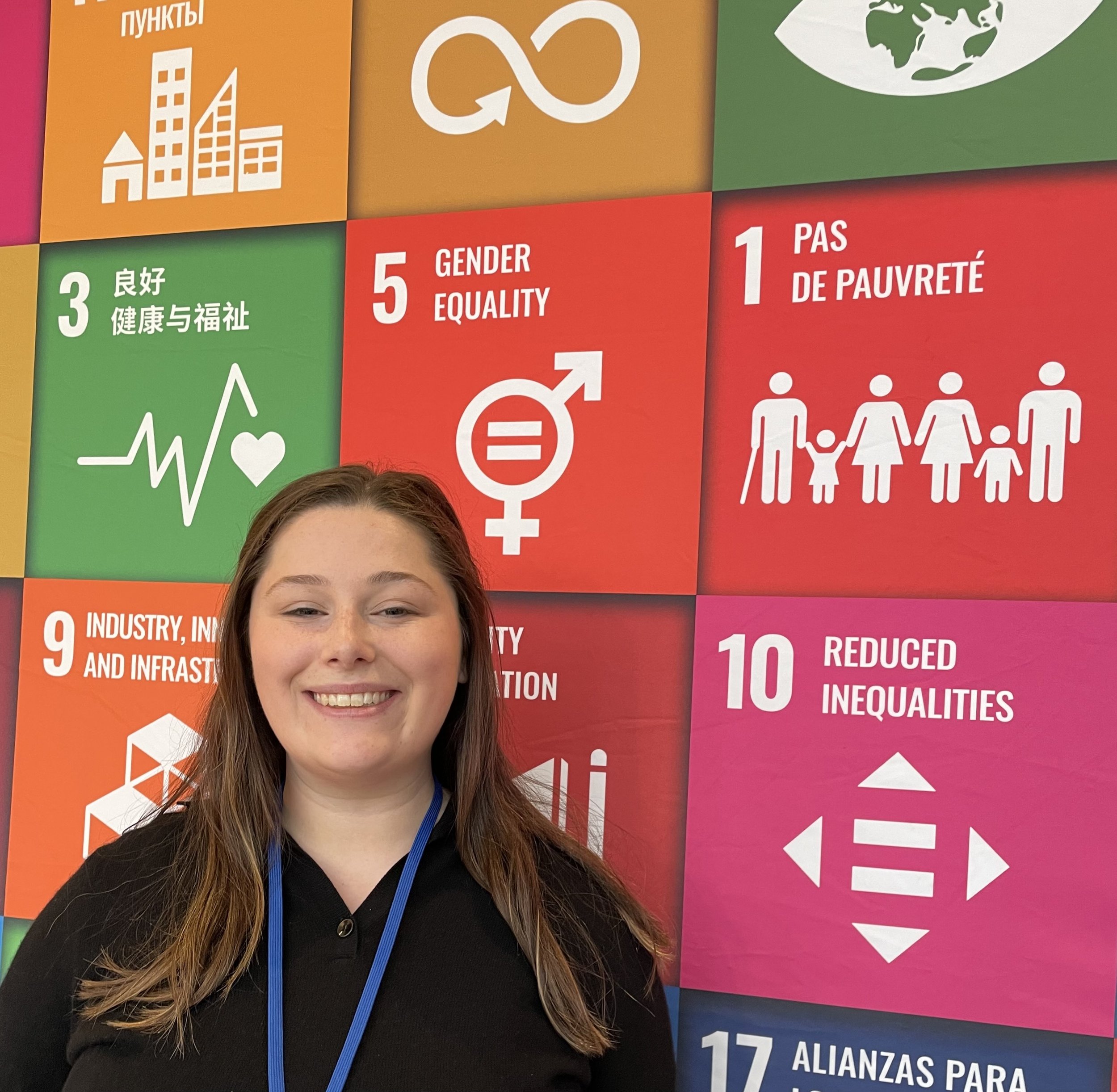As part of the AAPI Heritage Month spotlight, The Fletcher School’s Vishal Manve spoke with Athena Ronquillo-Ballesteros, Managing Director of Global Climate Strategies, Climate Leadership Initiative. She has been actively involved in mentoring and shaping the careers of aspiring professionals in the field of climate finance and shared her insights and experiences from her extensive work in climate finance, negotiations, and mentoring emerging leaders in global climate policy. During this interview, Athena shed light on the importance of collaboration between established professionals and the next generation of leaders and her work with Fletcher faculty members including Dean Rachel Kyte, Academic Dean Kelly Sims Gallagher, and Professor Jacob Werksman.
Read MoreAsian American and Pacific Islander Heritage Month gives us a great opportunity to think about the contributions of Pacific Islander Americans to the United States. The population of Native Hawaiian and other Pacific Islanders has increased by about 30% (from 1.2 million to 1.6 million) between 2010 and 2020. The majority of American Pacific Islanders (as defined by the Census) are from Hawaii, Samoa, Guam, Tonga, or Fiji.
However, there is a group of people from small Pacific islands in the country who are less visible to the eyes of the Census: citizens of Micronesia, the Marshall Islands and Palau. The three countries, as Freely Associated States (FAS) through bilateral Compacts of Free Association with the United States, may live, study, and work in the United States for an unlimited length without visas. In exchange, the United States retains its responsibility for the defense and exclusive access to the middle of the Pacific Ocean, which is one of the key strategic outposts for the US military. The trend of Freely Associated States’ citizens migrating to the US is likely to continue especially in the face of climate change.
Read MoreFor many Californians, the words “Salton Sea” evoke cracked mud, desert air, the smell of rotten eggs, agriculture, pesticides, environmental injustice, and a lot of wasted water. But in recent years, the sea has acquired a new significance: lithium, and through it a potential—if fraught—solution to the US’s clean energy concerns.
Lithium belongs to a group of resources called “critical minerals”: minerals with a “supply chain vulnerable to disruption” whose absence “would impact economic or national security.” More specifically, the term often refers to “transition-critical minerals,” that is, minerals essential to the clean energy transition. Lithium, for instance, is a major component in rechargeable batteries for electric vehicles and other products (though this could change).
Read MoreCan you imagine the year 2040? Where will you live? What job might you have? What will the global climate look like? It feels far away, but 2040 is arriving far sooner than you might think.
Uncertainty about the future is one of the critical psychological barriers to climate action. Science and modelling might project a series of fairly accurate numbers that we can use to describe a probable future, but these projections aren’t concrete. Because of this, the human psyche easily justifies inaction. Can you visualize your life in a world with four feet of sea level rise, a very realistic scenario for the city of Boston? If collectively we cannot imagine the future that we aim towards, it’s difficult to believe that we will ever create the transformative change we need.
Read MoreIt was a once in a lifetime experience to attend the 2023 UN Water Conference in NYC. It was the first UN Water Conference in almost 50 years. Growing up in the San Francisco Bay Area, I became keenly aware of water quantity related issues at a young age. This sparked my interest in an environmentally based career centered around conservation, leading me to enroll at Tufts University. I was very excited to learn that I would be taking part in the conference and have the ability to apply my learning from the classroom to a real-world setting. The conference took place over the span of three days with main events located at the UN Headquarters. There were also side events located in the UN, as well as throughout New York City. I attended events that focused on transboundary water diplomacy, the intersection of water and climate, as well as WASH (water, sanitation, and hygiene). It was great to see people around the world come together to talk about water related issues.
Read More




